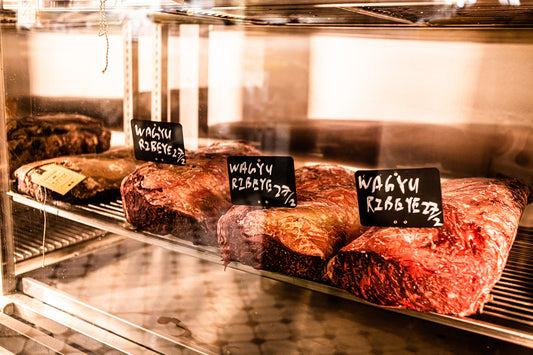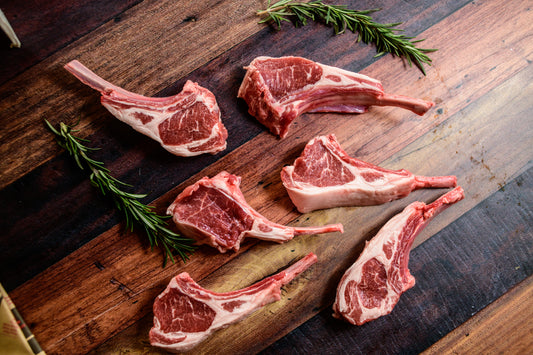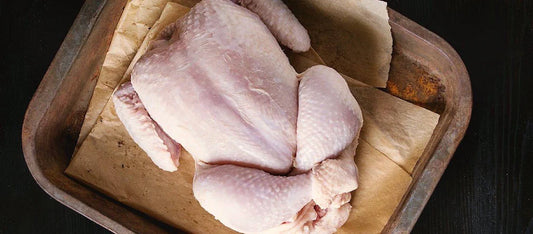
Orange Wine
Red wine is made by picking red grapes, crushing them and leaving the juice, skins and seeds together, while colour, flavour and tannins bleed from the skins into the juice. White wine, uses either red or white grapes, but strains the skins and seeds out straight away so the wine stays ‘white’. Then there is orange wine (also called ‘skin contact’), white grapes, treated in the red wine manner.
The skins and seeds impart much more than just colour, orange wines present a whole new world of flavours often supported by robust tannins. Expect to find apples, tropical fruit, flowers, nuts, dried fruit. In the spectrum of aromas, you can go from citrusy preserved lemons, aniseed fennel, and then maybe a bit of brown spice, and stone fruit like ripe apricots or nectarines. Bold, zesty and refreshing, their solid tannins making them an excellent pair for grilled meats and rich, fatty foods.
Orange wines are cool. The world of reds, whites and even roses have been thoroughly explored, while there is so much left to discover about orange wine. An excellent example of the orange wine style is Arfion Fever from Australia’s Yarra Valley, featuring five distinctive grape varieties: Pinot Gris, Gewurztraminer, Riesling, Chardonnay, Savagnin and Pinot Noir. In the glass, it is bright and juicy with a fine tannin structure and rose petals, lychee and glacé cherries on the nose.
There's nothing half-way about orange wines. They are bold, ballsy drops that fill your mouth with a rich array of flavours and textures. For this reason, they stand up remarkably well to similarly bold foods. Curries, tagines, stews, this is the wine to get out for Korean food. If you're expecting some serious flavour in your dish, orange wine's your guy.



